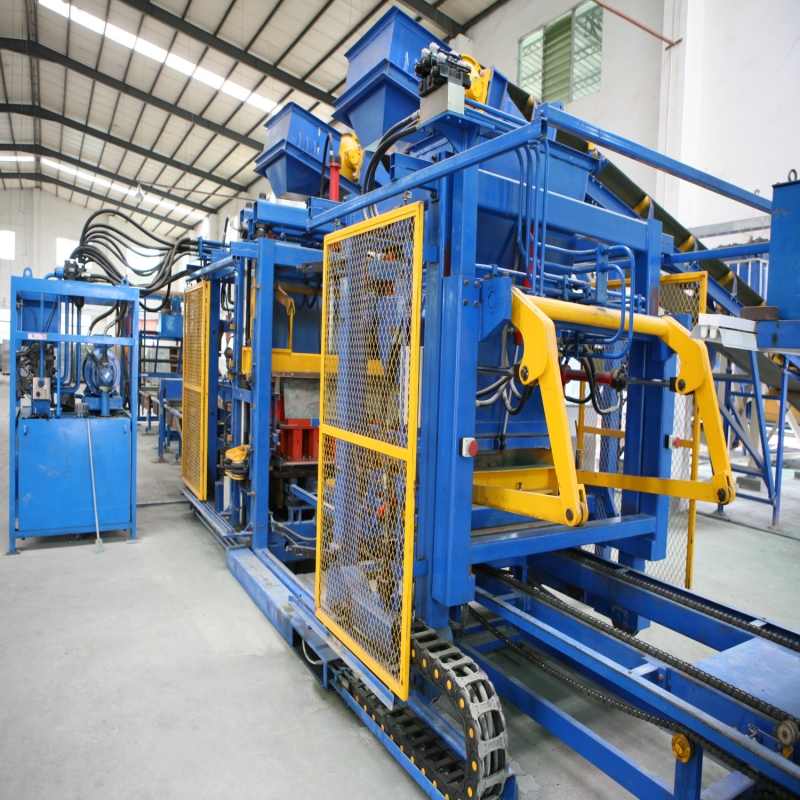A bricks maker machine typically works by taking a mixture of raw materials such as clay, sand, and water, and then compressing and molding them into the desired shape of a brick. The raw material mixture is fed into the machine, and then it is compressed using a hydraulic or mechanical system. The compressed material is then moved along a conveyor belt to a drying area, where it is left to dry and harden. The process may involve additional steps, such as cutting the bricks into the desired size and shape, depending on the design of the machine. Overall, the machine uses a combination of pressure and vibration to compress the raw materials into a compact shape, resulting in a consistent and high-quality finished product.
What are the different types of bricks maker machines?
There are several different types of bricks maker machines, including:
- Manual machines: These are simple machines that are operated by hand, and are usually used for small-scale production.
- Semi-automatic machines: These machines are partially automated, and require some human intervention in the production process.
- Fully automatic machines: These machines are completely automated, bricks maker machine and require minimal human intervention. They can produce a large number of bricks quickly and efficiently.
- Fly ash brick machines: These machines use fly ash, a byproduct of coal-fired power plants, as a raw material. This can be a cost-effective and environmentally-friendly option for brick production.
There are several different types of bricks maker machines, including:
- Manual machines: These are simple machines that are operated by hand, and are usually used for small-scale production.
- Semi-automatic machines: These machines are partially automated, and require some human intervention in the production process. They typically have a conveyor belt system to transport the raw materials and finished bricks, and may also have automatic cutting and stacking mechanisms.
- Fully automatic machines: These machines are completely automated, and require minimal human intervention. They can produce a large number of bricks quickly and efficiently, and typically have advanced features such as automatic mixing, molding, cutting, and stacking.
- Fly ash brick machines: These machines use fly ash, a byproduct of coal-fired power plants, as a raw material. This can be a cost-effective and environmentally-friendly option for brick production, and the machines may have different designs and features than traditional brick-making machines.
The type of bricks maker machine used depends on the scale of production, available resources, and specific requirements of the brick-making process.

Comments